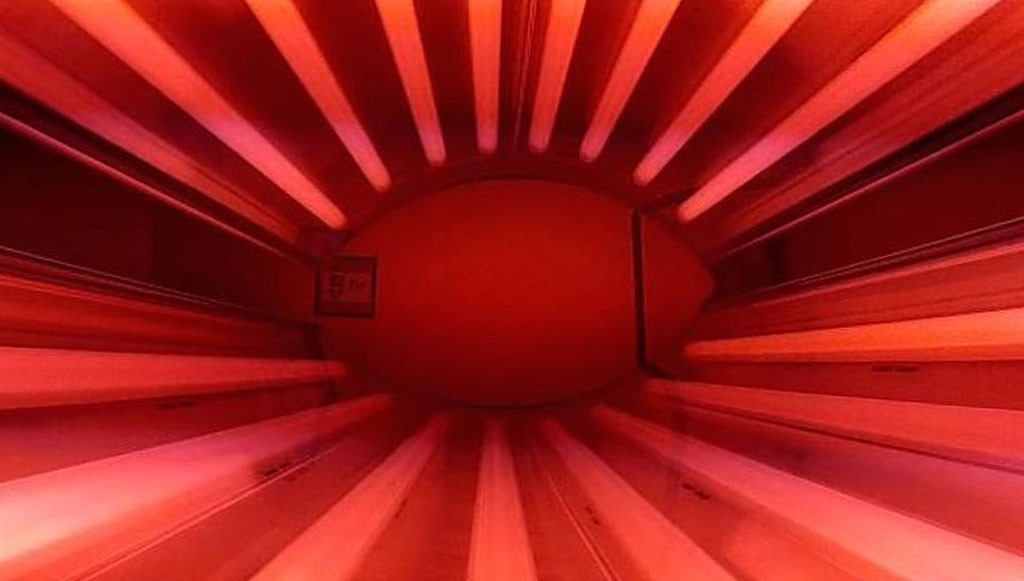
Light therapy has been used by humans since before the time of the ancient Egyptians. There have been various names placed on light therapy but it now seems that the preferred name is Photobiomodulation (PBM). PBM does not imply that a laser is necessary for the therapeutic benefits to occur. If we break down the word Photobiomodulation we get a sense of its meaning. Photo refers to light. Bio refers to living organisms. Modulation means to change or improve. Photobiomodulation is a treatment method based on therapy research findings showing that irradiation with certain wavelengths of red, or near-infrared light, or ultraviolet can have profound effects on cells in many ways.
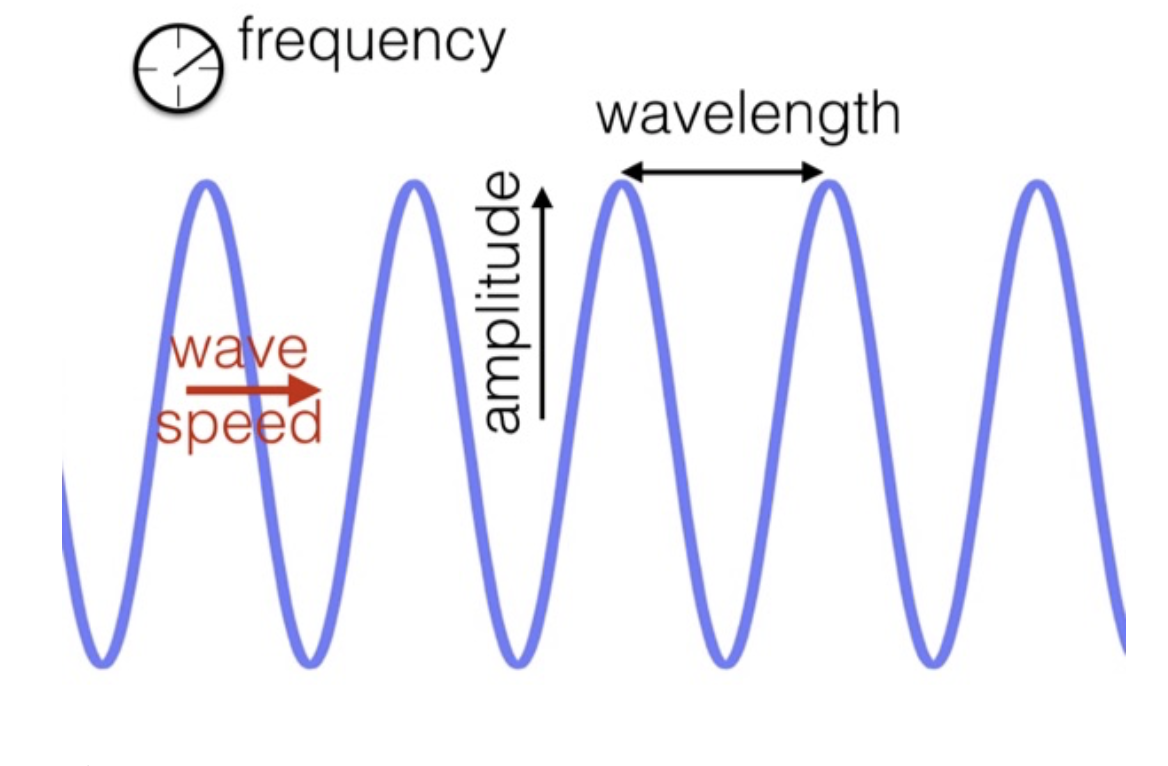
The above shows the various properties of light and terms that we use when discussing light therapy. Typically, the wavelength is the most important aspect of light therapy we are concerned with. While the diagram below shows the various color lights and their wavelengths. The wavelength is what causes the bio-stimulation
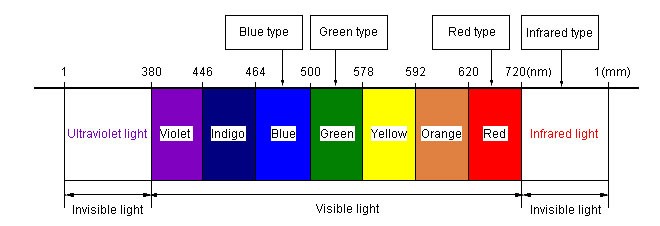
When discussing photonic therapy, it is important to discuss the science of light therapy. Distinct wavelengths of light have been known to have various biological effects on humans. Of all the variables the wavelength seems to be most important. Specific wavelengths have specific effects on cells. The two above diagrams are the essence of the mechanics of photo therapy. Many people use the term low level laser therapy to be synonymous with photo biomodulation. In no uncertain terms photo modulation does not require a laser. It requires a light source of which laser is one type and the other main type of light source is LED (light emitting diode) lights. Laser is an acronym for “light amplification by stimulated emission of radiation”. The light beam produced by LED and LASER also creates a key difference between LED and LASER. The light emitted by LED source and consists of various colors while the light beam produced by LASER consists of a single color. The working principle of LED and LASER also created major differences. LED works entirely on the principle of electro-luminance which means lumination by means of electrons. On the other hand, LASER works on the principle of stimulated emission which use photons.
Laser light is unique, in that it is monochromatic (one color), coherent (occurs when the light beam will not spread out and diffuse). These traits make it well-suited to many medical applications. The monochromatic, or single wavelength, beam is ideal for stimulating chromophores (an atom or group whose presence is responsible for the color of a compound) in biological tissue that only respond to very specific wavelengths. Coherent photons are organized where non-coherent photons are not. This property is important to minimize photon scatter as light interacts with tissue. Lastly, since injured tissue is normally deep in the body, laser’s columnated beam helps focus energy in a narrow, direct path which is ideal for treating tissues at depth. LEDs usually emit light in a small band of wavelengths but usually cannot emit a single specified wavelength. This bandwidth impacts their ability to dial in the wavelength to optimally target desired tissues. Additionally, LEDs produce neither a collimated nor coherent beam, which is less ideal when treating deeper tissues. Lastly, LED’s operate at significantly lower power (wattage) than most lasers, which impacts their ability to reach deeper tissues in smaller windows of time. REALIZE ONE IMPORTANT FACT: WITH OUR PHOTOTONIC SLEEVES WE ARE NOT INTERESTED IN THE DEPTH OF TISSUE PENETRATION. WE ARE ONLY SUBJECTING THE BLOOD CARRYING LINES TO PHOTOMODULATION THUS TISSUE PENETRATION IS A NON-ISSUE. IF ANYTHING, LED LIGHTS ARE BETTER SUITED FOR OUR PURPOSES.
Hopefully the information presented gives a window into the world of lasers and LED lights. In our treatments, extracorporeal photo modulation depends upon LED light therapy. We like the LED light concept for a variety of reasons including safely and efficacy in treatment goals. The LED gives us a wider range of possible benefits to the cells. We have two sleeves which we will initially introduce. One is the ultraviolet A LED sleeve and the other is the Red LED sleeve.
ULTRAVIOLET EXTRACORPOREAL PHOTOTHERAPY
Photo therapy is also known by many names such as Photoluminescence, Ultraviolet Blood Irradiation, or Extracorporeal Phototherapy. In this particular case the stimulation to the blood is performed outside the body (extracorporeal). Ultraviolet Blood Irradiation (UBI) is one of the most commonly performed blood phototherapy procedure. It is a procedure that exposes the blood to ultraviolet light to heighten the body’s immune response and to kill infections.
Dr. Michael Hamblin, a professor at Harvard Univ., is a principle investigator at the Wellman Center for Photomedicine at Mass General Hospital. He has written extensively about UV blood irradiation. He calls UV Blood irradiation the “cure that time forget”. With exposure to UV light, bacteria and viruses in the bloodstream absorb five times as much photonic energy as do the red and white blood cells. When we are discussing UV radiation we must be aware that there are three different types of UV radiation.
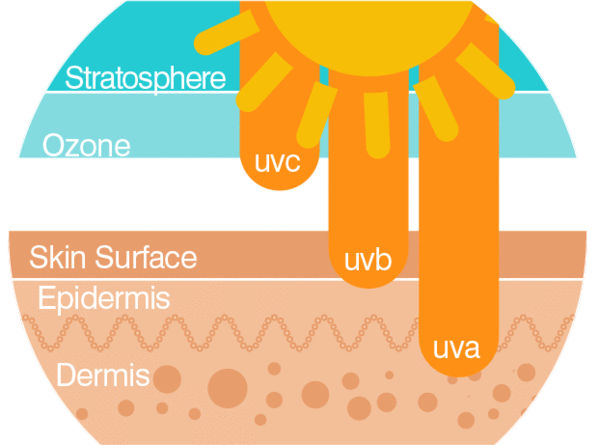
The above diagram shows the penetration of the various forms of UV light. The longest wavelength (UVA) penetrates the deepest. Realize the UVB and UVC can cause significant tissue damage and must be used with caution.
These are called UVA, UVB, and UVC. UVA rays have the longest wavelengths, followed by UVB, and UVC rays which have the shortest wavelengths. The above diagram shows the depth of penetration. Our unit depends mainly upon the UVA wavelength. Most ultraviolet rays are invisible to most humans. The lens of the human eye blocks most radiation in the wavelength range of 300–400 nm. Typically, the wavelength of UVA in our UV photonic unit has a wavelength is about 395nm. We have chosen this wavelength for a variety of reasons but one important reason is that this wavelength easily penetrates thru plastic lines such as the ones that carry the blood in our processes.
UVA PHOTONIC SLEEVE
Ultraviolet A LED therapy has been shown to produce a range of physiological effects in cells, tissues, animals and humans. Our unit depends mainly upon the UVA wavelength. Typically, the wavelength of UVA is commonly used in a process called Ultraviolet Blood Irradiation (UBI). UBI is a procedure that exposes the blood to light to heighten the body’s immune response, to kill infections and a host of other benefits. With exposure to UV light, bacteria and viruses in your bloodstream absorb five times as much photonic energy as do your red and white blood cells so there are obviously significant antibacterial and anti-viral effects. Other benefits from UV light is that it heightens the body’s immune response while increasing oxygenation of the tissue. UV treatments also include anti-hypoxic, vasodilatory effects, and improvements of the rheological (flow, structure, etc.) of the blood and the microcirculation. Other benefits include increasing the activation of circulating IgM antibodies by 2-16 times, IgG antibodies by 2-4 times and complement by 2-4 times, i.e. it rapidly activates these factors of nonspecific immune defense. These components are extremely important factors of the immune system. UBI boosts the antioxidative capacity of the blood by activating peroxidase. This activation has reached 40-50% above normal levels. Also, UBI provides some oxidative stress that also stimulates a powerful adaptive response in the blood. This response triggers the up-regulation of many antioxidant defenses that lead to decreased systemic inflammation. Our sleeve utilizes UVA light which is very safe. Ultraviolet light can be absorbed directly by cellular macromolecules, leading to photochemical modification of DNA and proteins.
There is another added benefit of using UVA light. Ultraviolet light leads to an increase in the cellular levels of the tumor suppressor protein p53, followed by a biological response of either growth arrest or programmed cell death. It is believed the many cancers are a failure of P-53. P53 Is also called guardian of the genome. Again, oxidative stress is a causative agent in the ultraviolet light activation of the p53 pathway. The diagram below shows the mechanism of P53.
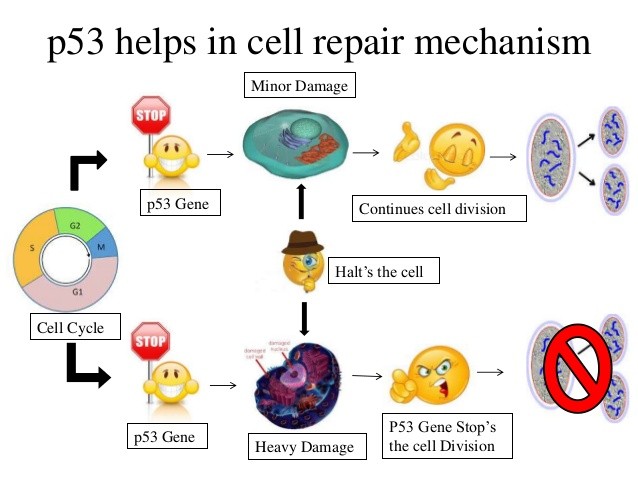
Another aspect the UVA sleeve is the effect it has on the energy production of the cells. UVA will emit the primary wavelength that stimulate NADH AND NAD+. The ratio of NAD/NADH is a very important one in the body. In healthy mammalian tissues, estimates of the ratio between free NAD+ and NADH in the cytoplasm typically lie around 700:1; the ratio is thus favorable for oxidative reactions. The ratio of total NAD+/NADH is much lower, with estimates ranging from 3–10 in mammals. This is because the ratio dictates how effectively the cell can produce ATP, adenosine triphosphate, which is the energy currency of the cell as noted below. Production of NAD and subsequently ATP has profound implications for cellular health. The following diagram illustrates the NAD/NADH concept.
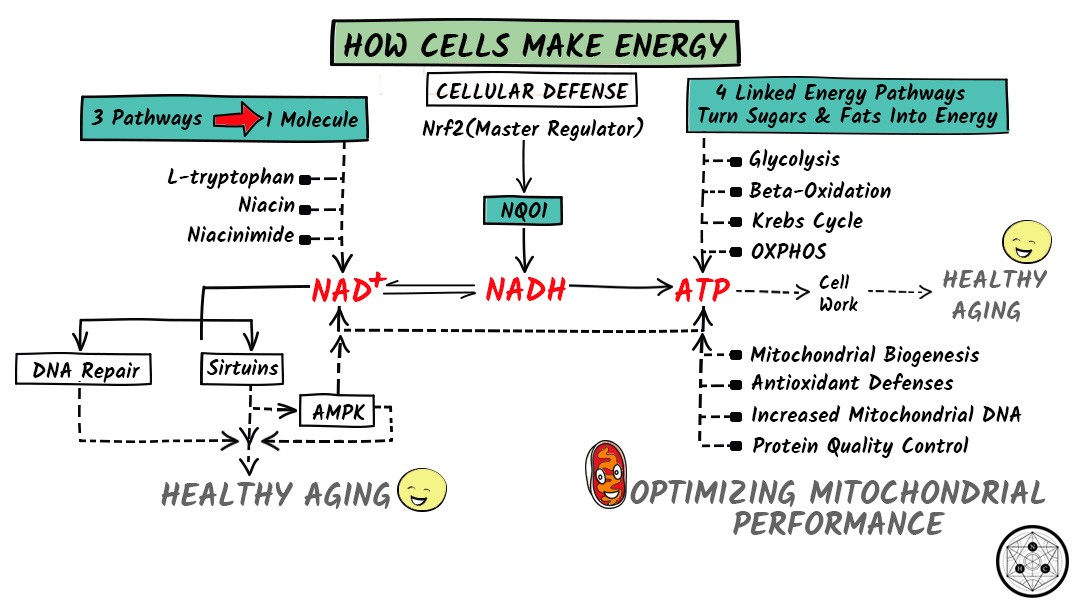
Another of the mechanisms of medical activity of extracorporeal UBI is that UV irradiation has positive influence on morpho- functional properties of erythrocytes (Red blood cells).
For those special cases where there is a concern about a virus or bacterial infection we will have a special UVB sleeve. This is designed to achieve a more potent eradication of viruses and bacteria in the blood. We feel we can achieve a good level of eradication with the standard UVA sleeve. The UVB sleeve is more powerful and specific for infections. But it does cause some cellular damage and we feel it is not necessary for routine use. The UVB light works by damaging the lipid envelope of the virus or bacteria resulting in its death.
RED LED PHOTONIC LIGHT SLEEVE
The Red LED light is similar to the UVA light yet is it is also very different. NASA scientists first used red light therapy to stimulate plant growth on space stations in the 1990s, and then began wondering “what can light therapy do for astronauts?” shortly after. In a nutshell the 660nm Red LED wavelength has a multitude of effects on the body. It activates different enzymes and decomposes redundant fat in the bloodstream. It increases the oxygen amount in the blood, boosts metabolism and enhances the process of lipid peroxidation to reduce cholesterol in the vessels. It is also important in the energy production for the cell namely NAD. If we look at the 660 wavelength we see that it is the red-light spectrum. But we must remember that the LED light source we are using will stray into the
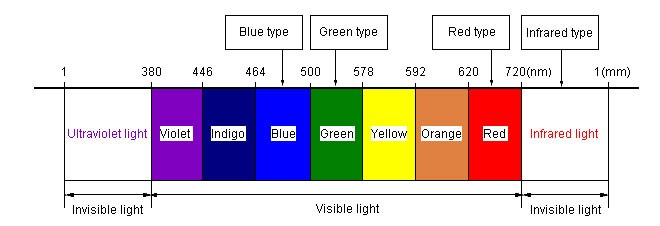
yellow and orange spectrum. We are purposely using this impurity of the LED light to exploit the biological properties of the yellow and orange spectrums. We feel the Red LED Sleeve is very valuable for purposes of Regenerative Medicine including general well-being, immune boosting, energy production and a host of other benefits. We feel the best possible benefits will by utilizing the UVA and the Red sleeves. We now know that Photobiomodulation (PBM) seems to have effects on three specific areas of the cell.
Among these, three discrete PBM mechanisms have been described—namely, inside the cell (cytochrome C oxidase within mitochondria), at the cell membrane (photosensitive receptors and ion transporters like Opsins, TRPV1), and extracellular (activation of latent TGF-ß1) matrix. While there may be a predominant mechanism operative in a given PBM application, research is showing that there are typically several mechanisms at work creating specific biological responses noted during clinical therapy.
One cellular area impacted by PBM is the mitochondria. The mitochondria are the cell power houses that produce ATP. It appears that many of the effects of light therapy deal with dysfunctional mitochondria. Dysfunctional mitochondria are thought to be the cause of many degenerative diseases. Within the mitochondria are found cytochromes. Cytochromes can be defined as electron or proton-transfer proteins that act as energy producers for human biological functions at the cellular level. Both of the cytochrome enzymes, Cytochrome c Oxidase and Nitric Oxide Synthase (NOS) have been found to be particularly reactive to light photon stimulation. Perhaps a good concept to consider is that a mitochondrion is like a chloroplast in a plant. A chloroplast converts sunlight to energy. Mitochondria are very similar. Another area is that is photosensitive is the cell membrane. The cell membrane contains certain photo sensitive receptors. The final area involves areas around the cell called the extra cellular matrix. PBM treatment can instead be used as a minimally invasive tool to activate an endogenous latent growth factor complex, transforming growth factor-β1 (TGF-β1), that subsequently differentiates host stem cells to promote tissue regeneration. TGF-β1 is a very important growth factor in the stem cell field. The production of these enzyme-signaling molecules has been shown to induce growth factor production, to increase cell proliferation and motility, and to promote extracellular matrix deposition and pro-survival pathways. The following diagram shows these concepts of the three effects light therapy has on and about cell.
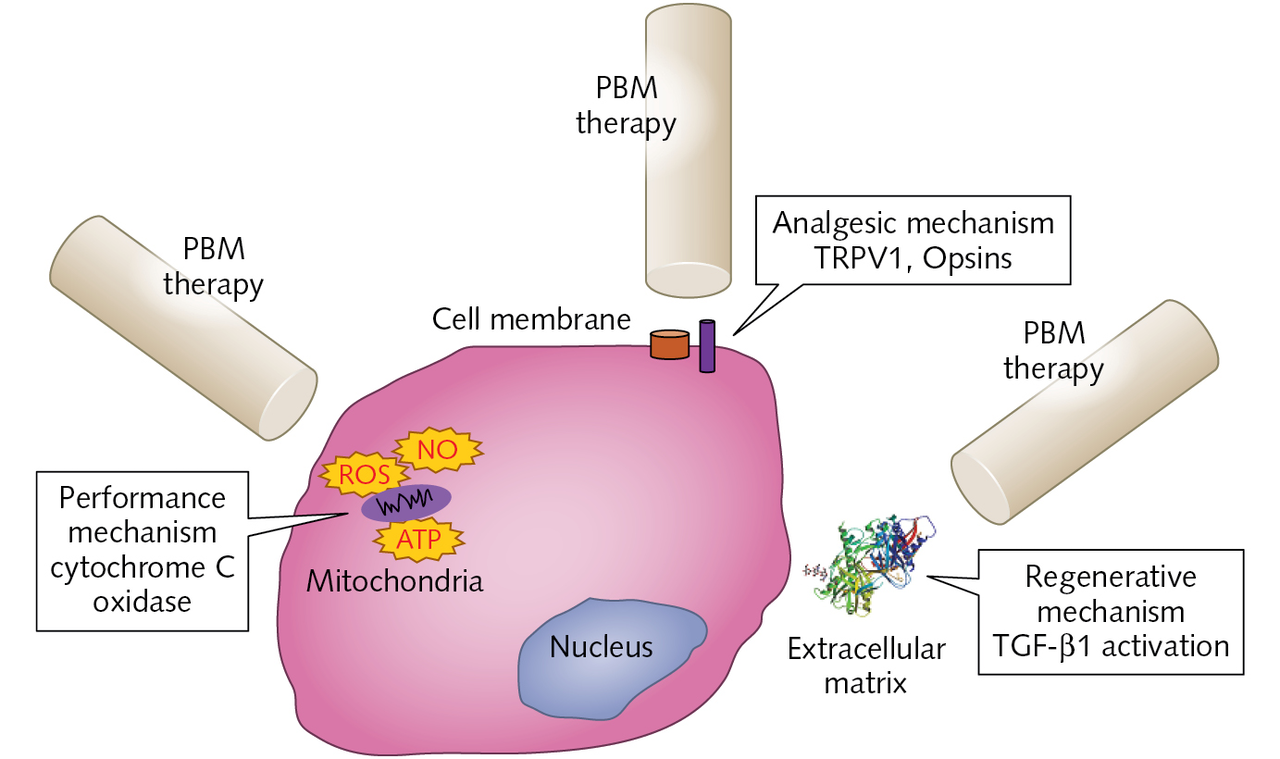
Outside the cell, nitric oxide signaling drives vasodilation which improves microcirculation in the damaged tissue, delivering oxygen, vital sugars, proteins, and salts while removing wastes. The 620-670 waveband directly influences the parameters of all cells in the blood, blood plasma, the coagulation process and all the structural components of the vascular wall. Red transport function of blood due to modification of the affinity of hemoglobin for oxygen.
There is another excellent diagram of the mechanism of LED red light stimulation is found in the following diagram. It is a review of what has been presented but the importance of this concept cannot be dismissed thus the repetition. The science is complicated but necessary.

Red light stimulates the mitochondria within the cell increasing the production of ATP causing damaged cells to accept nutrients and eliminate toxins more efficiently. Red light activates the last enzyme of the mitochondrial respiratory chain, the cytochrome c oxidase and as can be seen ATP is produced. It increases the oxygen amount in the blood, boosts metabolism and enhances the process of lipid peroxidation to reduce cholesterol in the vessels. It has been shown that many cellular molecules are able to absorb various wavelengths of light. In Photobiomodulation with visible red light and near-infrared radiation, evidence suggests that the primary cellular photo acceptors are the copper centers of cytochrome c oxidase (CCO), a complex protein functioning as unit IV in the mitochondrial electron transport chain. The initial interaction between light and cellular photo acceptors (called a “primary photoreceptor mechanism”) is followed by the activation of multiple secondary mediators. These eventually lead to broad shifts in gene expression, cell signaling, cellular metabolism and cytokine secretion. These effects been described in numerous review articles in the literature. This brings up a fascinating new field called Optogenetics, which uses proteins that change their function in response to light. In this case, the researchers have adapted the light-sensitive proteins to either stimulate or suppress the expression of a specific target gene almost immediately after the light comes on. However, this is still a new experimental field but more to come.
Getting back to reality in less futuristic terms how does red light work? What is one of its most important features? The main short answer is: by breaking up the major roadblock to ATP and water production, which is harmful excess nitric oxide. During the creation of ATP synthase, nitric oxide competes with oxygen, which stops the eventual production of ATP. Once more ATP is present everything else falls into place. The photons in red light excite electrons, which helps break up nitric oxide bonds so H+ ions can move through the process more effectively, resulting in more ATP energy that powers your cells and your entire body. Specific wavelengths of light help to create a better oxidative environment in the cells. This results in the activation of numerous intracellular signaling pathways, increased protein synthesis, enzyme activation, and enhanced cell cycle progression. Now realize this stimulation involves the entire circulatory system. Other benefits of Red sleeve therapy include improved blood flow, lower blood pressure, reduced cholesterol, increased the ability of oxygen binding in Hemoglobin and more stabilized cell membranes. Also, like UVA light the red light will also have beneficial effects on the immune system. Numerous studies have revealed the stimulating influence of laser irradiation on the indices of humoral (antibody) and cellular immunity. The counts of a large number of related cells types, including macrophages, T-helpers, T-suppressors, and B-lymphocytes increase under the influence of Red LED therapy. Last but not least the Photonic Sleeve system is a closed system which dramatically reduces the possibility of contamination of the blood. When combined with other dynamic cutting-edge therapies, the Photonic Sleeves are in a world of their own.
